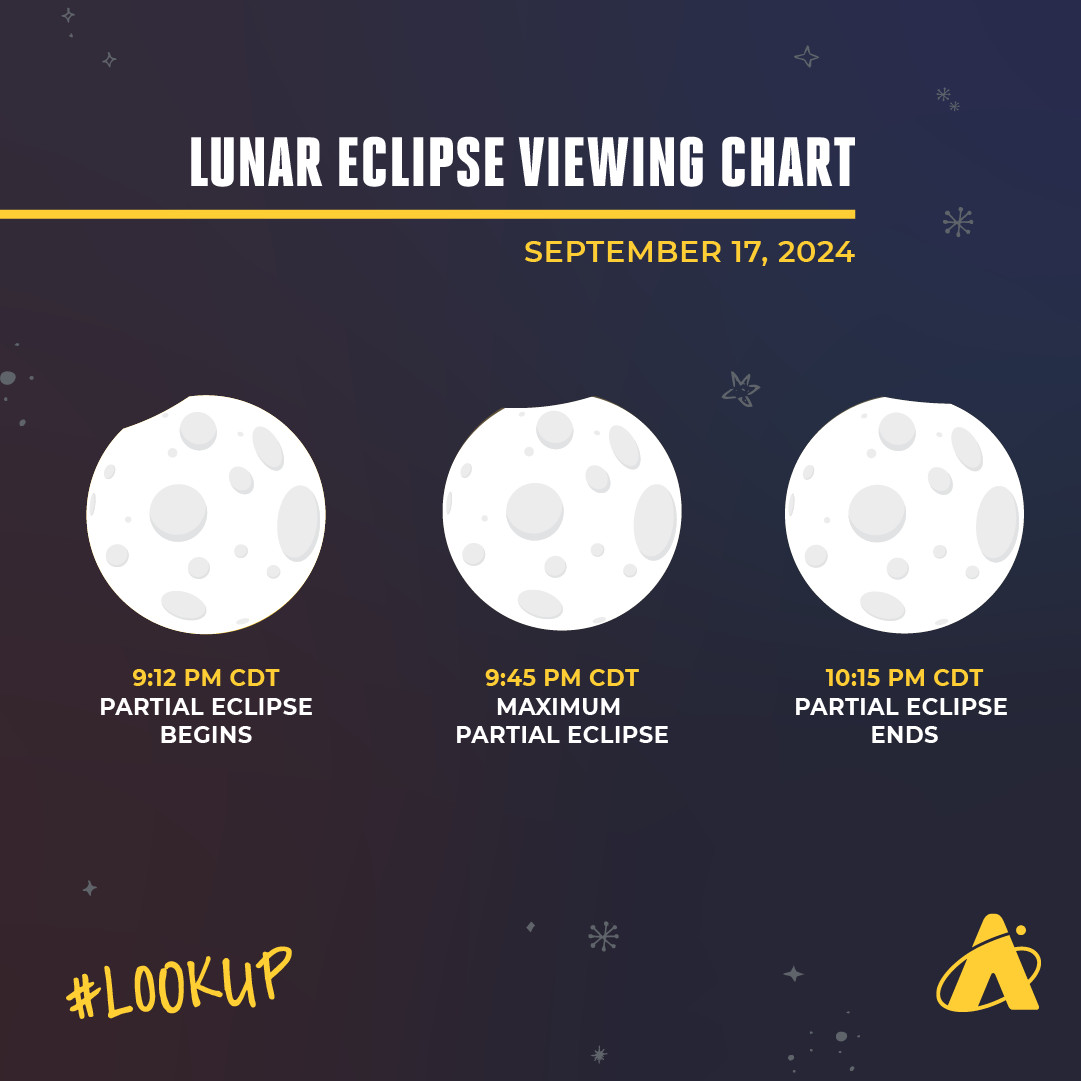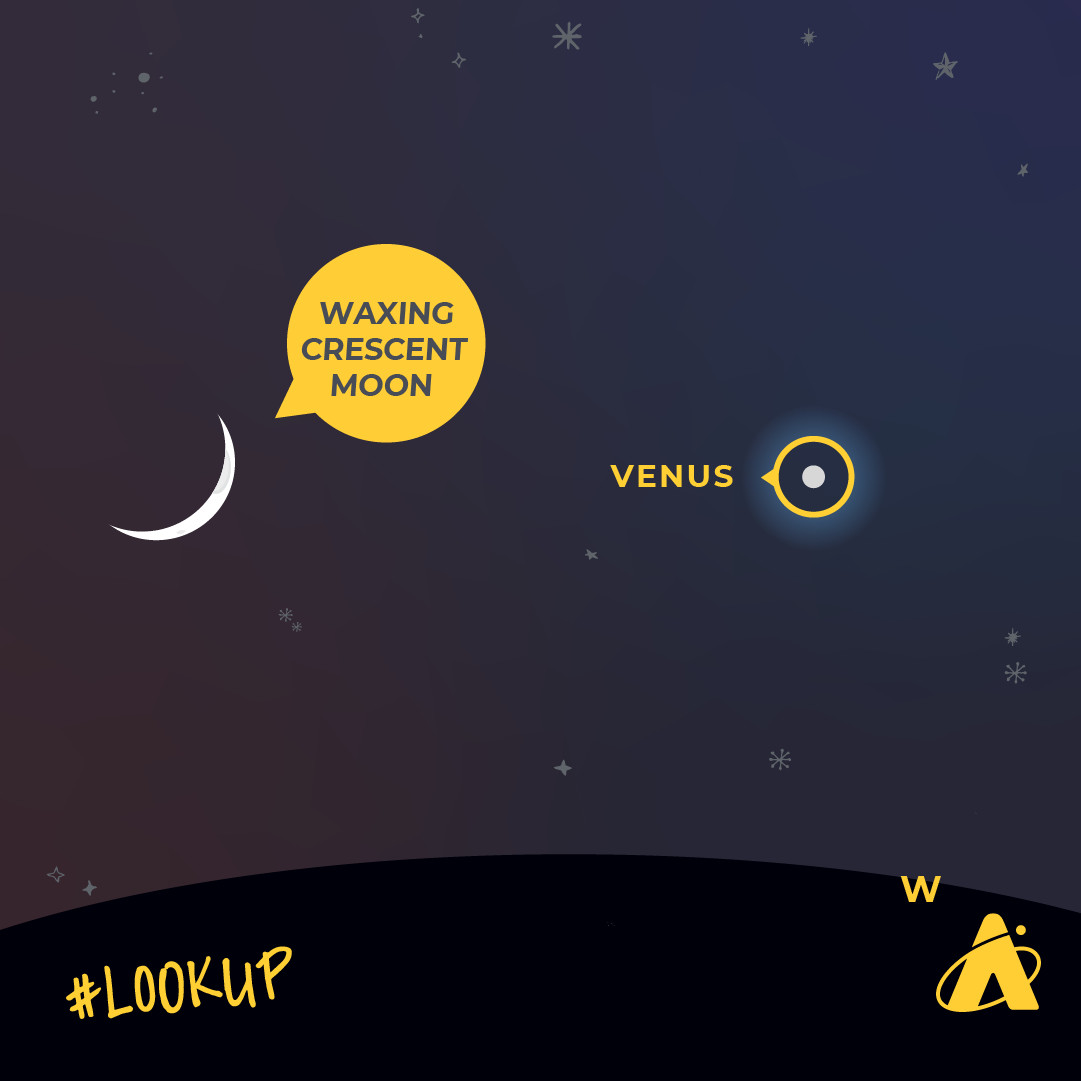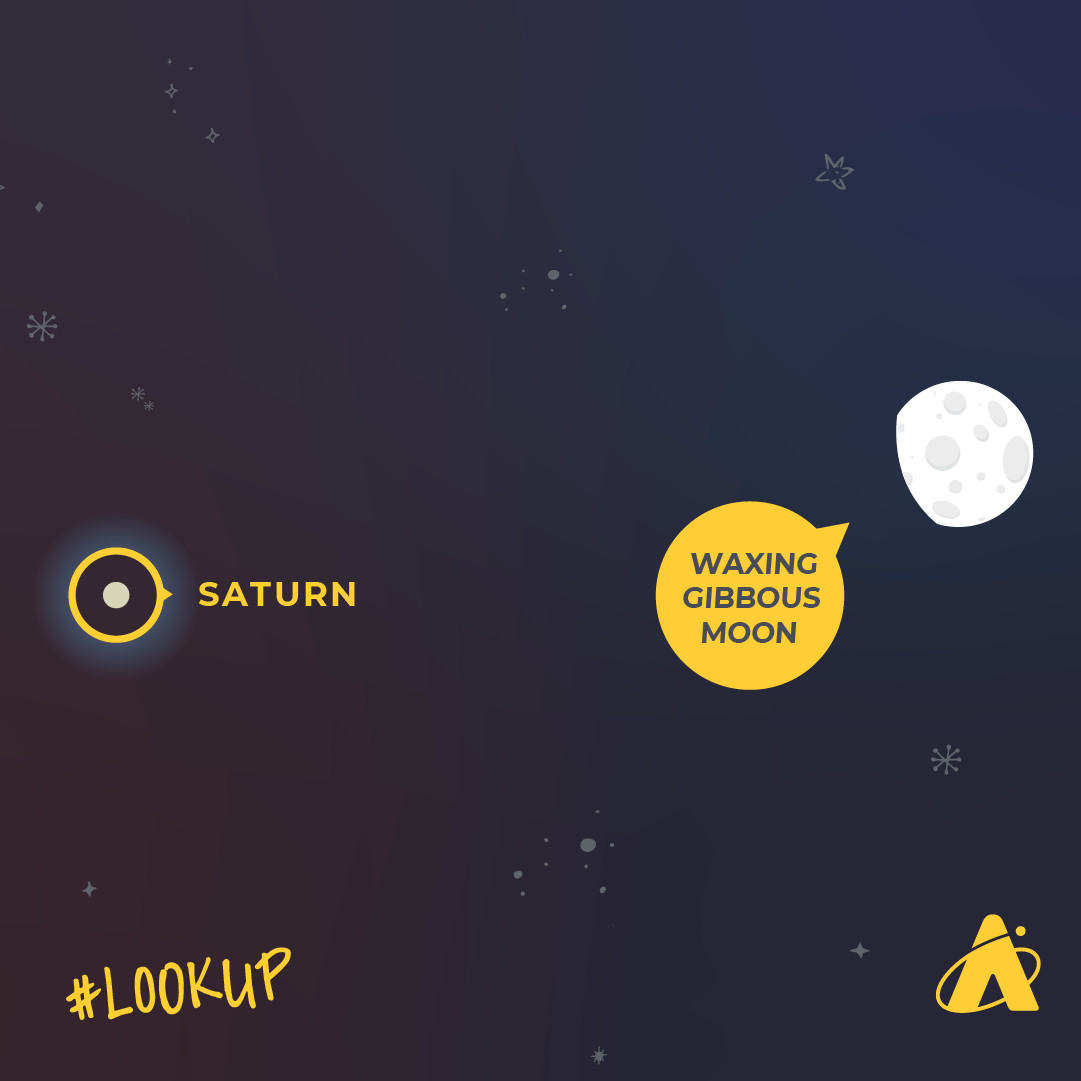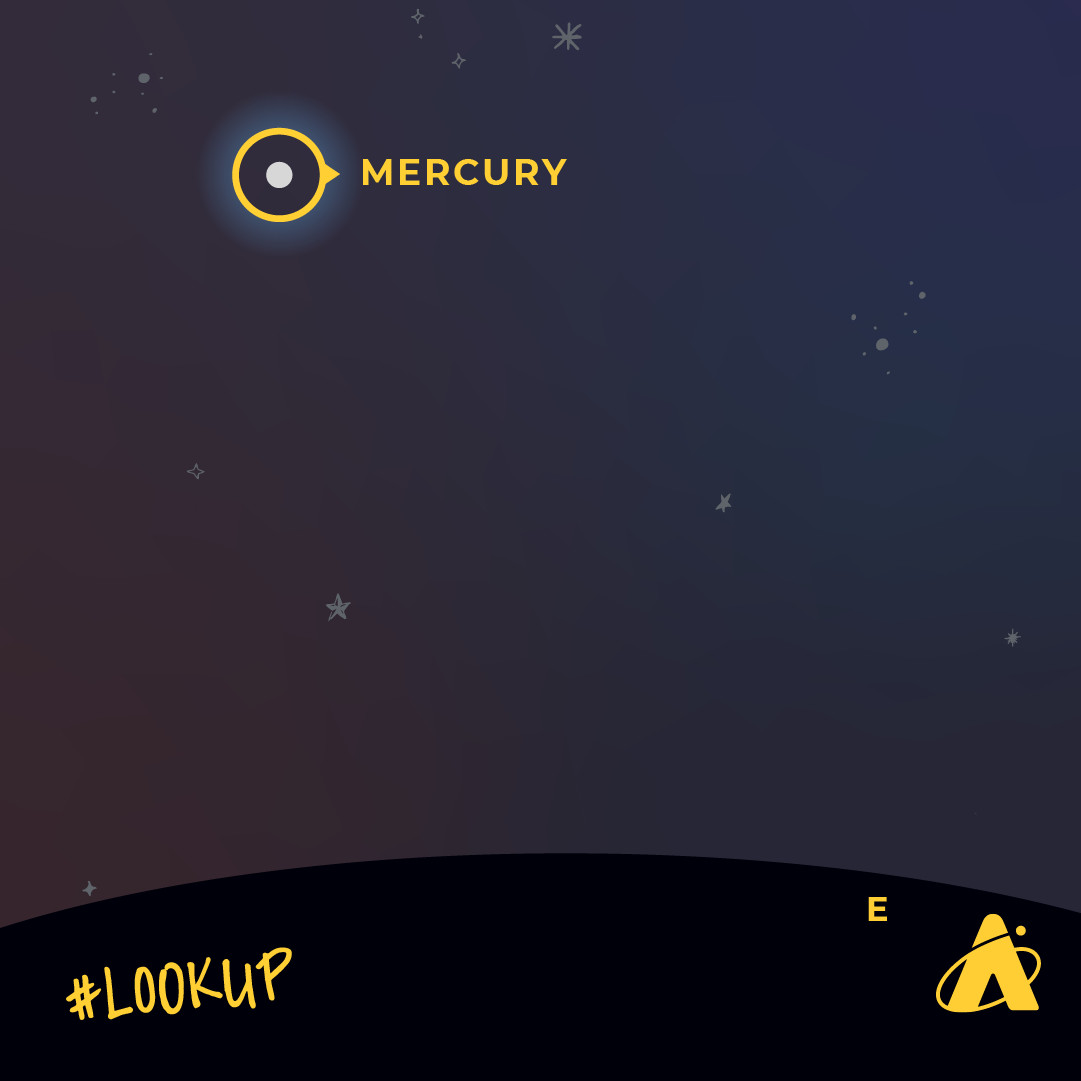September 2024 brings a celestial treat for sky enthusiasts: a lunar eclipse coinciding with the revered Harvest Moon. This year’s Harvest Moon, occurring on September 17th, is not just any full moon; it’s also considered a supermoon, appearing slightly larger and brighter in our skies. Adding to the spectacle, this super Harvest Moon will undergo a partial lunar eclipse, making it a unique event you won’t want to miss.
Understanding the September 2024 Partial Lunar Eclipse
A lunar eclipse happens when the Earth passes directly between the Sun and the Moon, casting its shadow upon the Moon. This alignment turns our planet into a cosmic shadow puppet, with the Moon as the screen. Unlike solar eclipses, which require special eyewear, lunar eclipses are safe and fascinating to watch with the naked eye.
This September’s eclipse is a partial lunar eclipse. This means that only a portion of the Moon will pass through the Earth’s darkest shadow, known as the umbra. While not as dramatic as a total lunar eclipse, where the entire Moon turns a reddish hue, a partial eclipse still offers a captivating sight as a ‘bite’ of shadow progressively covers a part of the lunar disk.
Adding to the intrigue, the September 2024 lunar eclipse occurs with a supermoon. A supermoon happens when the Moon is at the closest point in its orbit to Earth during its full phase. This proximity makes the Moon appear slightly larger and up to 14% brighter than an average full moon, enhancing the eclipse viewing experience. On September 17th, the Moon will be approximately 223,000 miles from Earth, closer than its average distance of 238,900 miles.
 Adler Planetarium infographic depicting a viewing chart for the September 17, 2024, lunar eclipse. Shows key times for the partial eclipse phases.
Adler Planetarium infographic depicting a viewing chart for the September 17, 2024, lunar eclipse. Shows key times for the partial eclipse phases.
The partial eclipse on September 17, 2024, will begin at 9:12 PM Central Daylight Time (CDT), reach its maximum at 9:45 PM CDT, and conclude by 10:15 PM CDT. During the peak of the eclipse, less than ten percent of the Moon’s surface will be covered by the Earth’s umbral shadow. While a subtle eclipse, it’s still a noteworthy celestial event to observe.
Prime Locations and Timing to Observe the Lunar Eclipse
For those in the Central Daylight Time zone, the timing is conveniently in the late evening. Viewers in other time zones across North America can also witness this event. Here’s a general guide to help you plan your viewing:
- Eastern Time Zone (EDT): Partial eclipse begins at 10:12 PM EDT, maximum at 10:45 PM EDT, ends at 11:15 PM EDT.
- Mountain Time Zone (MDT): Partial eclipse begins at 8:12 PM MDT, maximum at 8:45 PM MDT, ends at 9:15 PM MDT.
- Pacific Time Zone (PDT): Partial eclipse begins at 7:12 PM PDT, maximum at 7:45 PM PDT, ends at 8:15 PM PDT.
To maximize your viewing experience, seek out locations away from city lights. Light pollution can significantly diminish the visibility of celestial events. Parks, rural areas, or even your backyard away from bright streetlights can serve as excellent vantage points. No special equipment is needed to see a lunar eclipse; your naked eyes are perfect for enjoying this natural phenomenon. However, binoculars or a telescope can enhance the view, allowing you to see the subtle details of the Earth’s shadow creeping across the lunar surface.
Beyond the Eclipse: September’s Celestial Highlights
September offers more than just the lunar eclipse. It also marks the arrival of the autumnal equinox and provides excellent opportunities for planet spotting.
Harvest Moon and Autumnal Equinox
The full Moon closest to the autumnal equinox is traditionally known as the Harvest Moon. This year, the Harvest Moon coincides with the September 17th full moon, just days before the autumnal equinox on September 22nd. The autumnal equinox signals the start of fall in the Northern Hemisphere, a time when day and night are roughly equal in length.
Interestingly, the equinox period also brings about the “Chicagohenge” phenomenon. Similar to Stonehenge, Chicagohenge occurs around the equinoxes when the rising or setting Sun aligns perfectly with Chicago’s east-west streets, framed by the city’s towering buildings. From September 19th to 22nd, keep an eye out just after sunrise and just before sunset to witness this urban astronomical alignment.
 Adler Planetarium infographic depicting Chicagohenge, showing the sun setting between Chicago skyscrapers during the equinox.
Adler Planetarium infographic depicting Chicagohenge, showing the sun setting between Chicago skyscrapers during the equinox.
Planet Spotting in September
September skies are also graced by several planets. Venus, the brightest planet, will be visible low in the western sky shortly after sunset early in the month. Look westward about 30 minutes after sunset to catch its brilliant glow, especially around September 5th when it appears near a waxing crescent Moon.
 Adler Planetarium infographic showing Venus near the waxing crescent Moon on September 5, 2024, in the western sky.
Adler Planetarium infographic showing Venus near the waxing crescent Moon on September 5, 2024, in the western sky.
Saturn rises in the southeast as evening twilight fades. On the night of September 16th and early morning of September 17th, Saturn will be near the nearly full Harvest Moon, offering a beautiful pairing in the night sky.
 Adler Planetarium infographic illustrating Saturn near the waxing gibbous Moon on September 16-17, 2024, visible in the southeastern sky.
Adler Planetarium infographic illustrating Saturn near the waxing gibbous Moon on September 16-17, 2024, visible in the southeastern sky.
Jupiter becomes increasingly prominent throughout September, rising in the east-northeast around midnight at the start of the month and earlier by month’s end. Late on September 23rd and early on September 24th, Jupiter will be close to a waning gibbous Moon.
Mars, rising after midnight, can be spotted in the east-northeast. On the morning of September 25th, Mars will be near a waning crescent Moon.
For a challenging but potentially rewarding sighting, Mercury might be visible in the pre-dawn eastern sky during the first week of September. Look low to the east about 45 minutes before sunrise.
 Adler Planetarium infographic showing Mercury in the eastern sky during September 2024, just before sunrise.
Adler Planetarium infographic showing Mercury in the eastern sky during September 2024, just before sunrise.
Tips for Enjoying the Lunar Eclipse
- No Special Equipment Needed: Lunar eclipses are safe to view with the naked eye.
- Find a Dark Spot: Escape city lights for better visibility.
- Check the Weather: Clear skies are essential for eclipse viewing.
- Be Patient: Allow your eyes to adjust to the darkness for about 20 minutes to see more stars and fainter details.
- Bring Binoculars or a Telescope (Optional): Enhance your view of the Moon and the partial eclipse.
- Share the Experience: Invite friends and family to witness this celestial event together.
The September 2024 lunar eclipse, combined with the Harvest Moon and planet visibility, makes this month a fantastic time to look up and appreciate the wonders of the night sky. Don’t miss the opportunity to witness this special partial lunar eclipse – a reminder of the dynamic beauty of our solar system.
